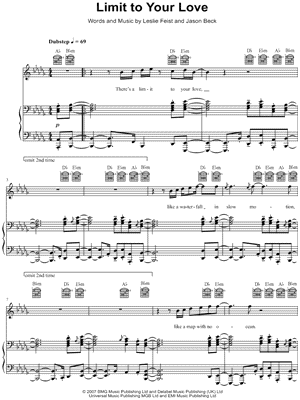

“The Wilhelm Scream” starts with sleepy R&B, then gradually pumps its empty space full of steam and reverb, as if the song were being pulled away into a dense fog. His self-titled album, out now on iTunes from Universal Republic, features even starker, less traditional ideas about song form, down to a two-song suite that’s mostly just electronically processed harmonies. At points, his piano disappears entirely, replaced with giant, concussive rumblings of bass. As it happens, that Feist cover is plenty esoteric itself: It’s full of dead air, and Blake skulks around a handful of phrases.


That’s a surprising amount of excitement for music this … sculptural. The song went into radio rotation when the BBC ran a poll predicting 2011’s breakout musicians, Blake actually came in second. With Blake sitting at a piano and, yes, singing, in a creakily forlorn English soul voice. “It’s a strange feeling to have a lot of electronic music out,” he told one, “when all you really want to do is sing.” Sing! By fall, Blake was offering the first taste of his much-anticipated debut album-not another piece of esoteric computer music but a cover of “Limit to Your Love,” by the Canadian singer-songwriter Feist. So when an electronic musician starts singing, it tends to signal a specific kind of ambition.Īt least that’s what fans probably suspected last year, when 21-year-old Londoner James Blake-already turning heads (both British and American) with his prickly, haunted-sounding dance tracks, gospel chord changes, and 21st-century wooze-took time out from his music degree to explain himself to journalists.

It doesn’t much matter what that voice is doing-crooning, rapping, screaming the Gettysburg Address-but an artist who wants to connect with everyday listeners generally needs some kind of vocal performance for people to grab hold of. 1 thing separating “electronic music that won’t get played on the radio” from “electronic music that might get played on the radio” is the human voice. Photo: Andy Sheppard/Redferns/Getty Images


 0 kommentar(er)
0 kommentar(er)
